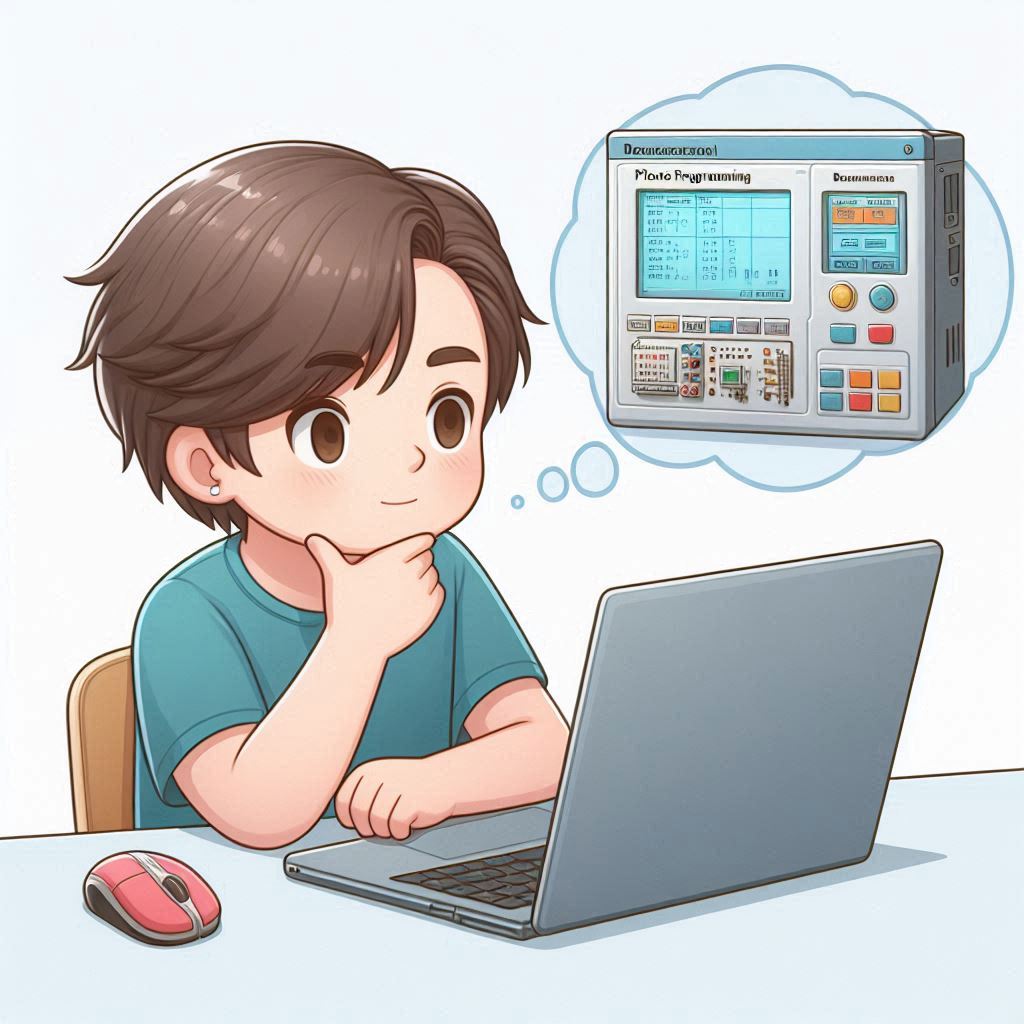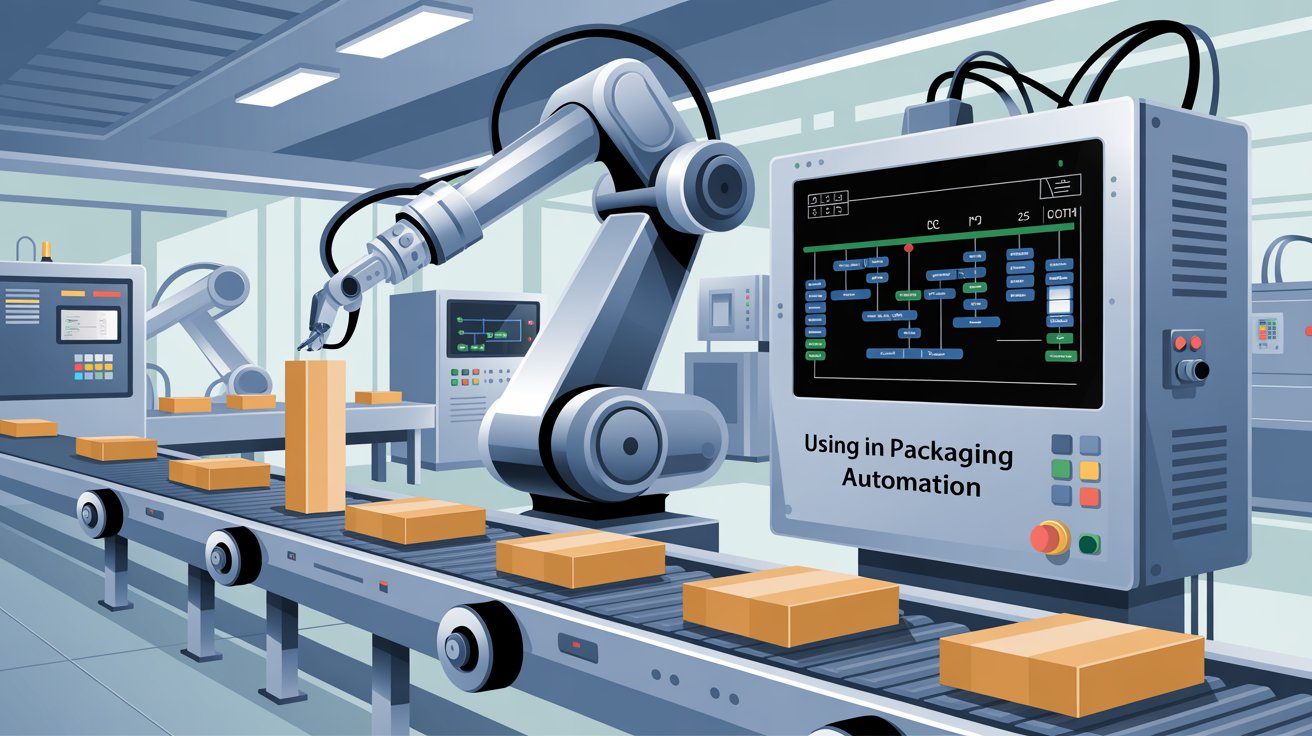Table of Contents
ToggleModule 01
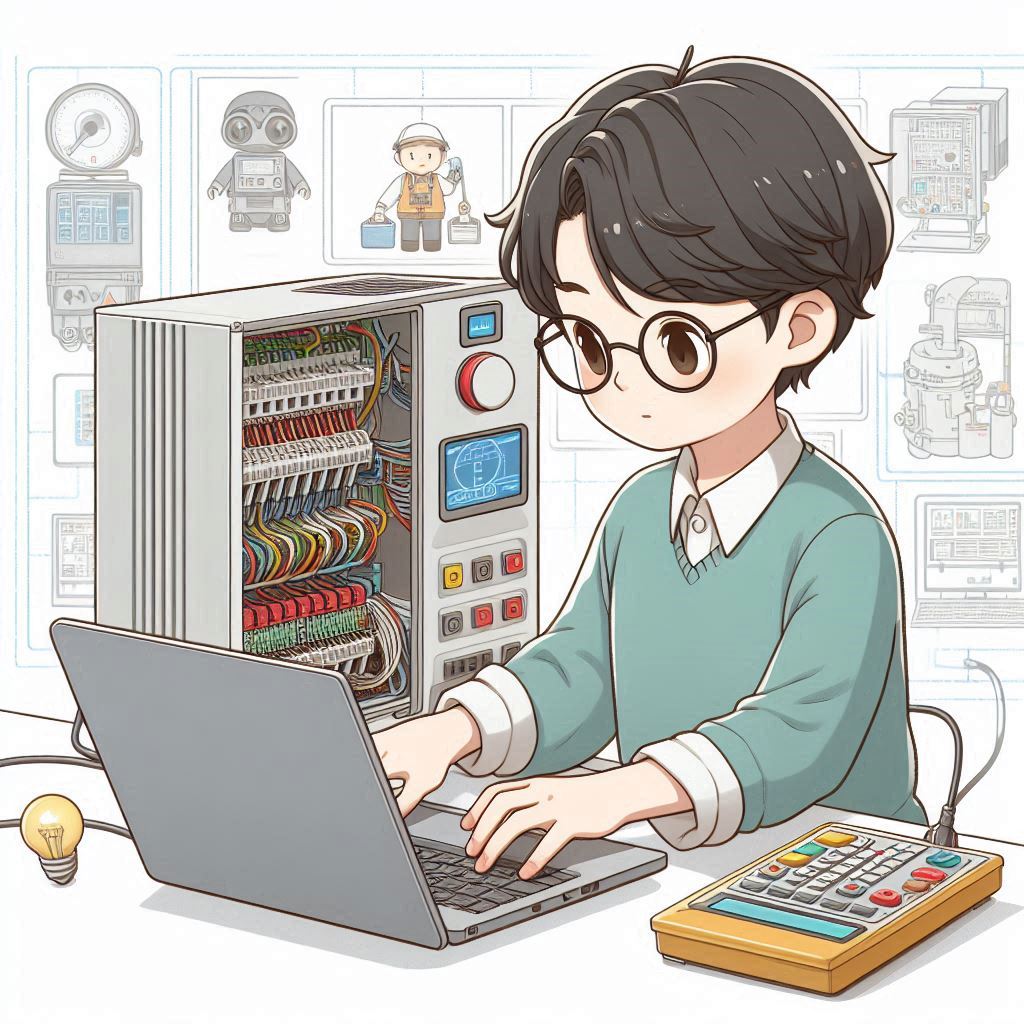
1) What is a PLC?
The Programmable Logic Controller which stands for PLC operates as a small industrial computer. The controller regulates machines and processes together with controlling the operations of industrial factories.
2 ) How Does a PLC Work?
The device accepts input signals then processes them through its programmed instructions to establish output signals that control equipment.
3) Understanding PLC Inputs and Outputs.
The interaction operates through inputs and outputs which people also name I/Os. A system sends outside world information through its inputs to control machines through its outputs. Read More..
PLC Basics: Everything You Need to Know to Get Started!
4) PLC vs. Microcontroller: What’s the Difference?
The main operating component of innovative control systems are PLCs and microcontrollers which empower machinery with smart capabilities.
5) Difference between SCADA and PLC.
The SCADA refers to the process of acquiring and controlling data. PLC means Programmable Logic Controller. The machine control device serves factories to automate their procedures through its integrated control mechanisms.
6) Modular vs. Compact PLCs: Which One to Choose?
Finding the proper PLC solution appears difficult to most people. The numerous hardware options require professionals to learn about modular and compact PLCs configuration relative to each other.
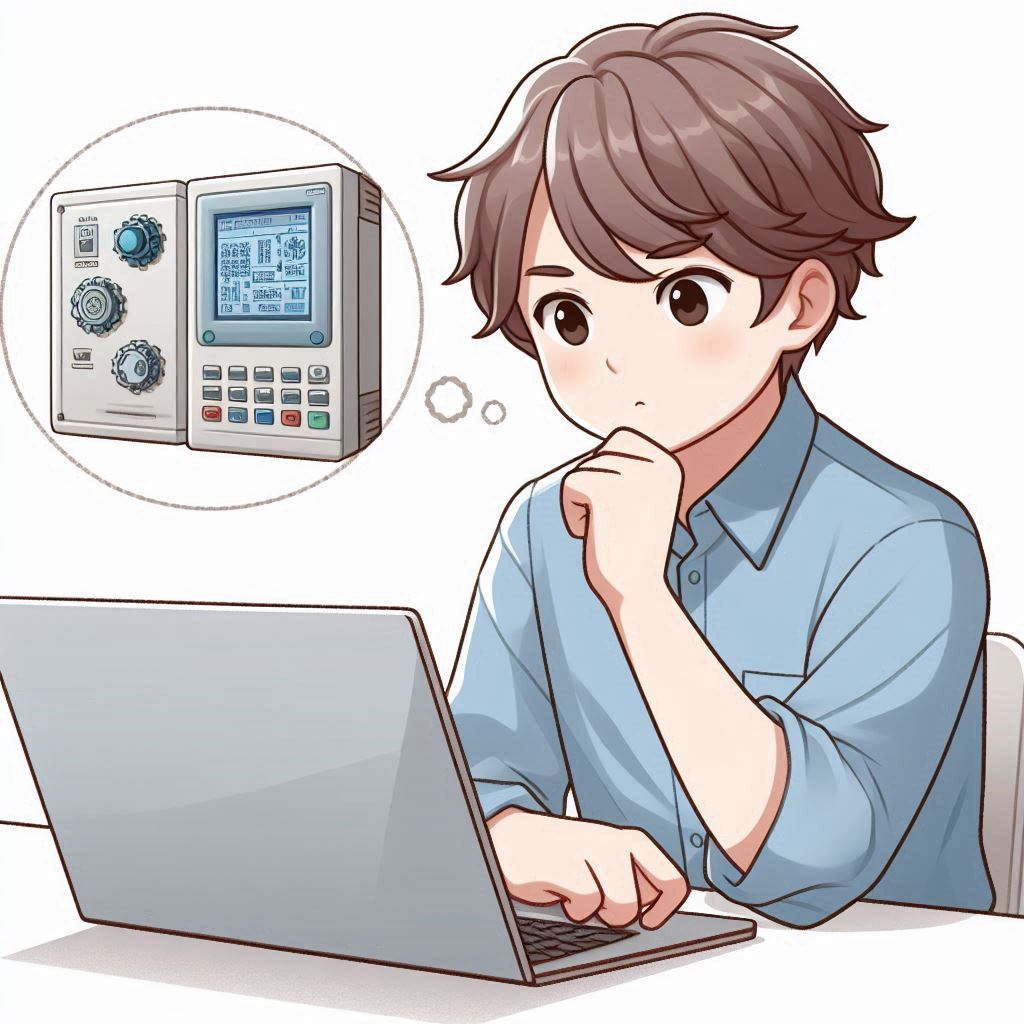
How to Learn PLCs from Scratch – No Experience Needed?
Module 02
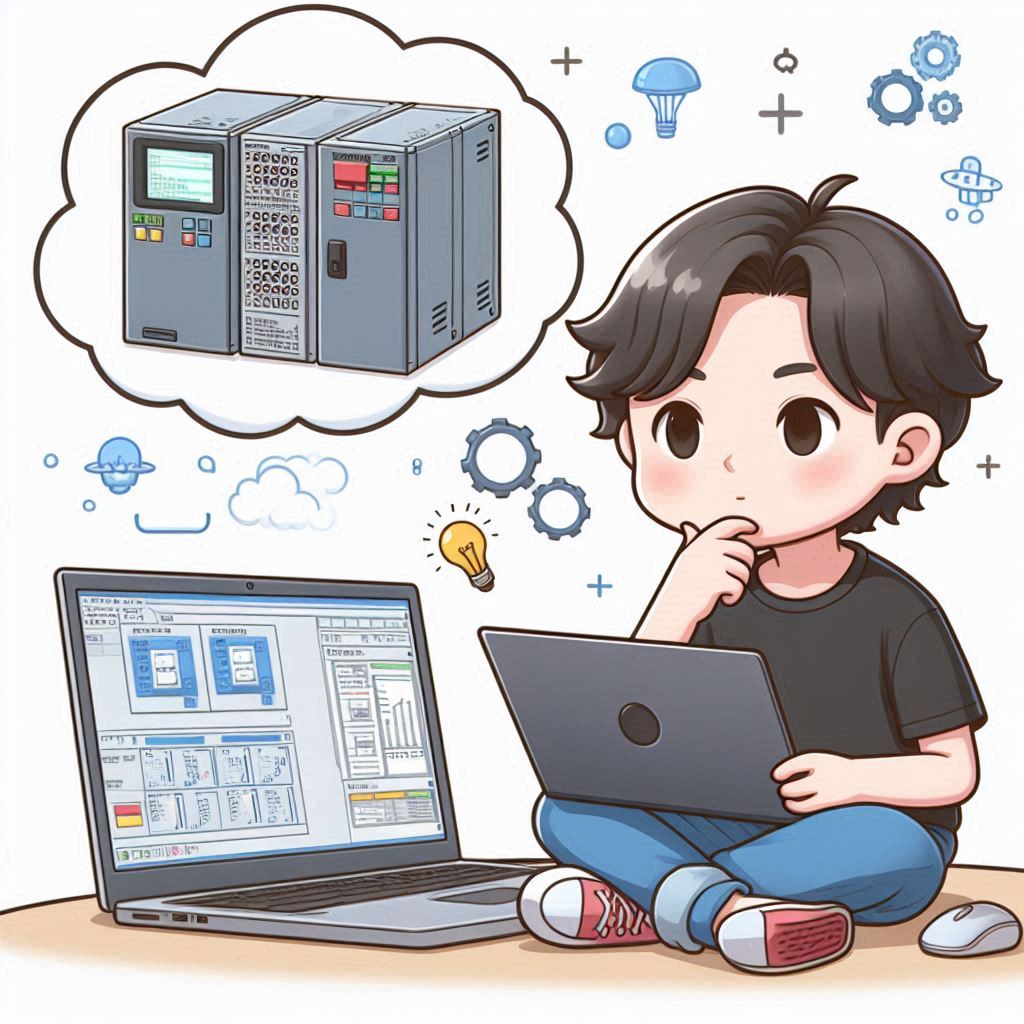
1) PLC Communication Protocols Explained.
The functionality of PLCs requires them to establish communication with one another as well as other devices. The devices exchange data through signals and execute operations in live time.Learn More…
2) Understanding PLC Data Logging and Monitoring.
PLC Data Logging and Monitoring is all about how we record and analyze data from programmable logic controllers. Using smart techniques such as trend tracking, event logging. Learn More…
3) Troubleshooting Common PLC Errors.
Any attempt to resolve PLC Error system errors requires first identifying the typical faults which include communication breakdowns alongside both input/output mismatchings as well as power supply problems. Learn More…
PLC Programming for Beginners: Explained Simply.
4) Understanding PID Control in PLCs.
PID Control in PLCs is one of the smartest ways to keep machines running smoothly. It stands for Proportional-Integral-Derivative control method functions as an adjustable output system which consistently optimizes results. Learn More…
5) Best Practices for Writing Efficient PLC Code.
Writing Efficient PLC code begins when developers plan in a smart manner and maintain structural cleanliness. Every programmer should develop code which is easy to follow and maintain while also preserving system resources efficiently. Learn More…
6) Modular Programming in PLCs: Best Practices.
Modular programming in PLCs is the smartest approach in my opinion. Right programming structure transforms the entire PLC functionality. Your code needs division into small manageable modules to achieve better organization. Learn More…
